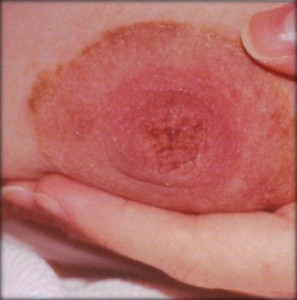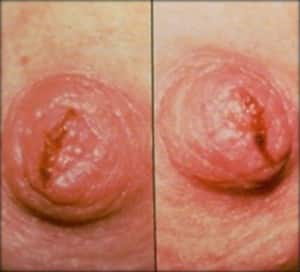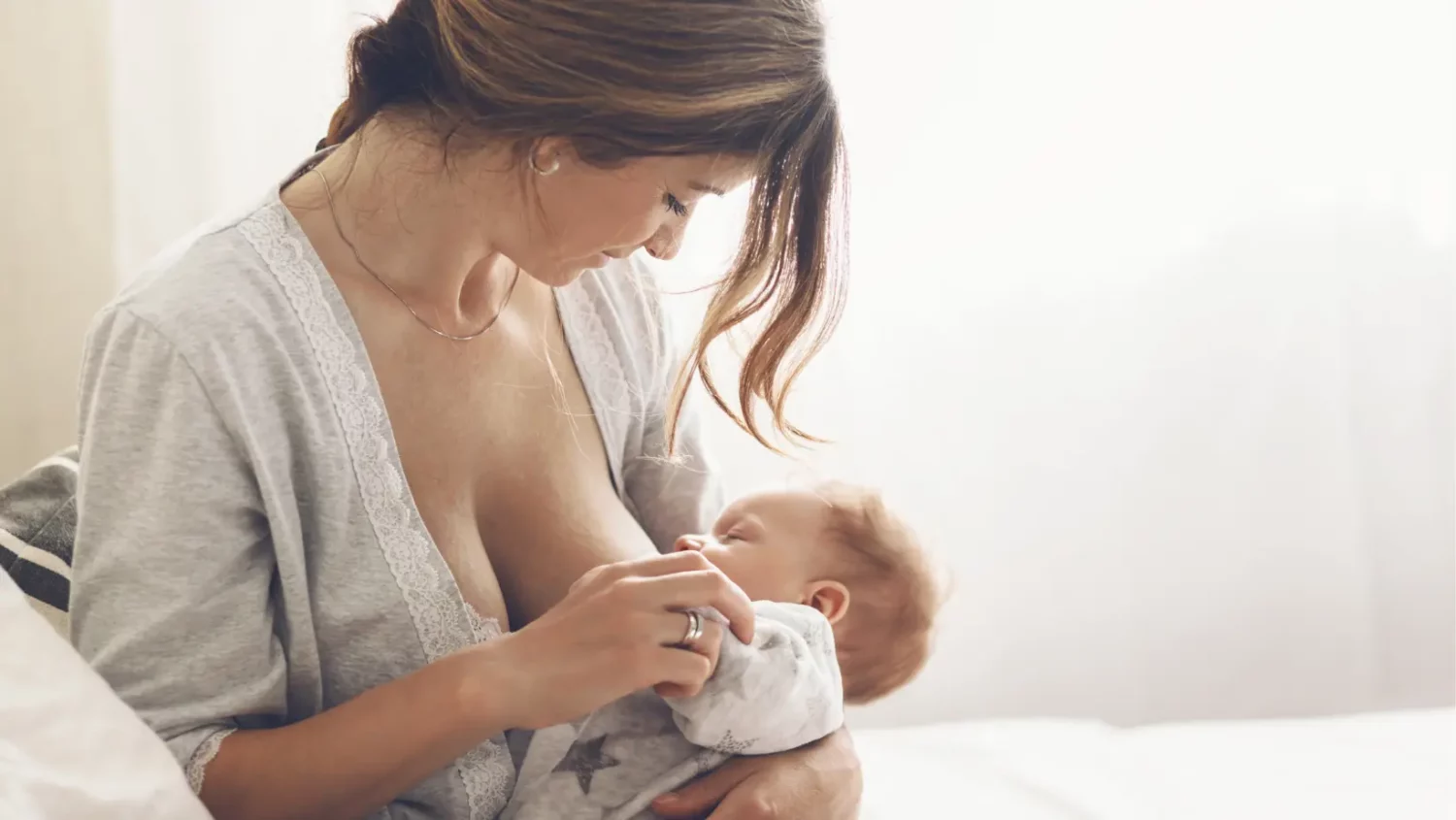Nipple pain can be frequent. I had better warn you – if you read this entry you are taking a big risk – you risk getting many practical tips to help your breastfeeding! 😊
In this entry:
- Chapping
- Cracking
- Causes of nipple pain
- Practical advice to help with nipple injuries and pain
- Pharmacological treatments for nipple injuries
When you breastfeed for the first time, you will find out it is quite a learning process, both for you and your baby! You have to learn together, give yourselves time and create an atmosphere and use the means to best start and then continue with breastfeeding.
At the outset, when we talk about breast pain, you will find out that nipple injuries are painful. Whether chapping or cracking, these injuries affect the nerve endings found in the skin’s epidermis and it is very sensitive for mothers that breastfeed. Health professionals will support you and evaluate the situation. They will have a role to play in helping you with your pain and healing the wounds if necessary to ensure you can continue to breastfeed over time.
First, I think it is important to look at the differences between chapping and cracking:
Chapping

Chapping is characterised by redness that can look like an irritation. You can sometimes see a small layer formed by secretions that are released or a yellow crust that appears but remains on the surface. If you don’t treat it at this stage, the chapping can turn into cracking.
Cracking

Cracking is much deeper. It affects the skin’s dermis, unlike chapping which affect the epidermis. By affecting the dermis, it affects vascularisation. Once blood appears on the nipple, or the baby regurgitates blood after drinking, you have a cracked nipple. The cracking can become an ulceration which makes it difficult to breastfeed. It makes mothers suffer a lot, and that is why you need to try and prevent it.
There are several causes of nipple injuries for the mother. Some factors will be associated with the mother and others the baby. You always have to look at the potential cause of the situation, as dealing with the cause means that the real problem will be dealt with. If not, pain and complications can follow.
To continue reading, go to the following entry Causes of Nipple Pain.


